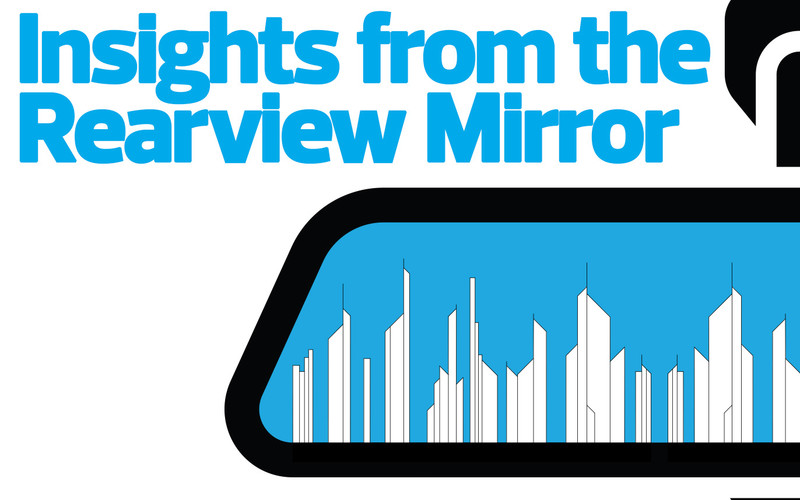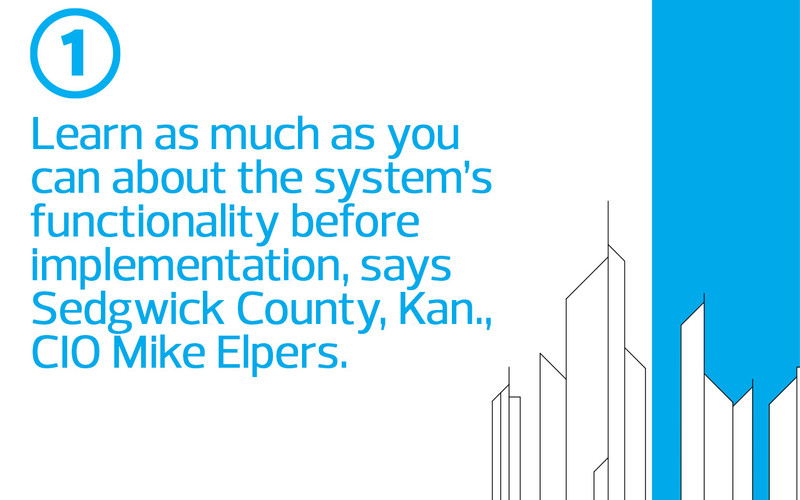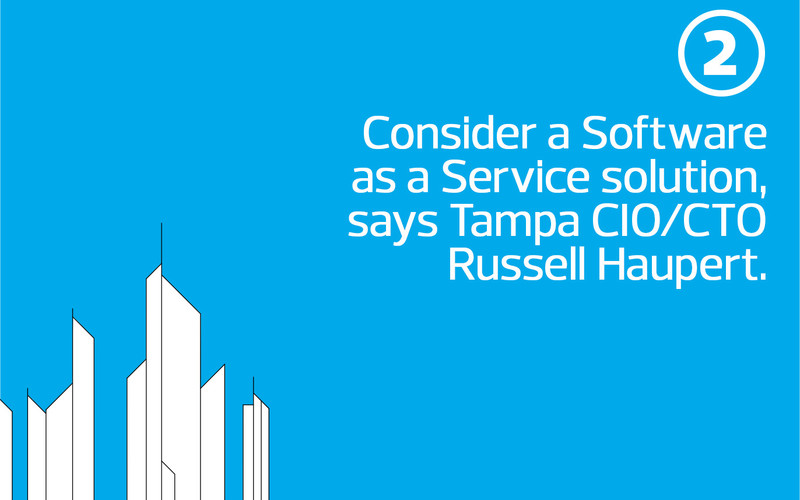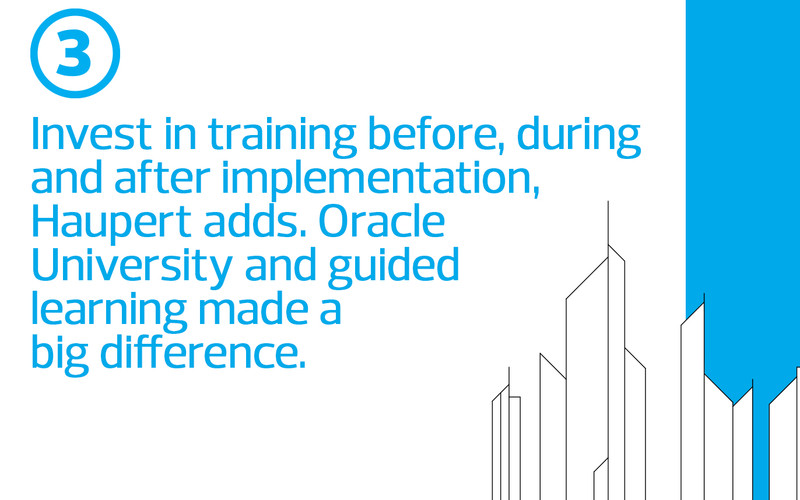How Tampa Is Working to Simplify and Streamline its Systems
In 2020, Tampa had little choice but to upgrade its systems. Its older Oracle system wouldn’t be supported much longer. “When you have a hard deadline, like your software is going to its end of life, everyone wants to cooperate,” Haupert says.
The city decided that moving to the Software as a Service-based Oracle Fusion Cloud Applications — which offers enterprise resource management, human capital management (HCM) and supply chain management — would be faster, easier and less expensive to deploy and adapt than alternatives.
“I never have to worry that my system’s getting out of date, and I don’t have to go back and ask for $4 million or $6 million to upgrade it,” Haupert says.
“Being in an environment where those updates happen automatically and having the full weight of Oracle security behind us gave us a lot more comfort,” he adds.
Finally, Tampa had made lots of custom enhancements to its old system, and Haupert was eager to scrap them. The new system is configurable, but Haupert and his team found that most enhancements complicated upgrades and testing without providing benefits. “We’re belying some of the strength of the software just by trying to make people comfortable so things work exactly the way they used to,” he says.
Factoring in what the city paid before, plus needed upgrades, the cost of the new system was a wash. “So, we were winding up with more services, more software and more support for about the same money we were paying before,” Haupert says.
Even during the demo stage, the new system was vastly friendlier than the old one, making self-service functions far more accessible. “The day after we put it in, people were using it, and the call volumes that we were expecting just started to disappear,” Haupert says. “People could process an invoice, approve a promotion or look at their paychecks without calling the IT help desk or HR.”
















